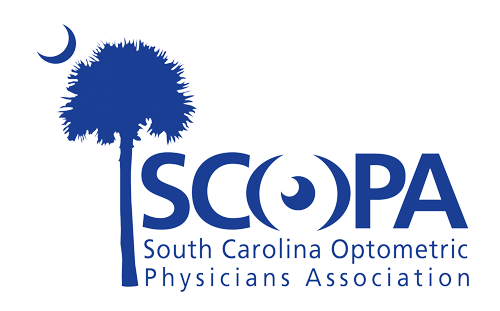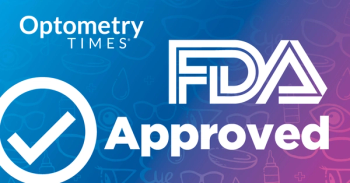
SCOPA: Intersection of artificial intelligence and telemedicine

Leo P. Semes, OD, FAAO, highlights his presentation on "Artificial intelligence and telemedicine," presented during the 115th annual SCOPA meeting.
Optometry Times®' Alex Delaney-Gesing speaks with Leo P. Semes, OD, FAAO, professor emeritus of optometry at the University of Alabama-Birmingham, on the highlights and key takeaways from his discussion titled "Artificial intelligence and telemedicine," presented during the 115th annual South Carolina Optometric Physicians Association (SCOPA) meeting in Hilton Head, South Carolina.
Editor's note: this transcript has been lightly edited for clarity.
Could you share a highlights version of your presentation?
Artificial Intelligence (AI) is a topic that I've been following for probably 5 or so years. And as I dug into the history, it's quite interesting; it really began back in the 1930s. So it has quite a long history. It's based on algorithms and whether that algorithm is something as simple as how you do addition of big numbers or long division
The algorithm for looking at, for example, a patient with diabetic retinopathy, is specifying the severity of that, and then using that as a determination for treatment. And then if the patient is treated, following that patient to see if there is stagnation, stability of the diabetic retinopathy, or regression, which is what we're hoping for.
And some of the AI paradigms now demonstrate that there is the possibility of regression of diabetic retinopathy, from a physical standpoint, of how the retina looks, and also in terms of visual performance. And that's what to me is probably the most exciting aspect of what we can do with AI; to say, “Okay, this is a patient who's got a certain level of diabetic retinopathy, the patient qualifies for treatment. Then 3 months following treatment, yes, the retina looks better, but they have improvement in visual performance.”
So visual acuity—quantitatively—numbers look better. And as a consequence of that, patients could enjoy a better lifestyle.
Why would you say this is such an important topic of discussion?
Well, one of the reasons is that—aside from age-related macular degeneration (AMD)— one of the major causes of vision loss, especially among the working age population. is secondary to diabetic retinopathy (DR). And it's estimated that there's a segment of the population perhaps as high as 25%, who have pre-diabetes. So patients presenting for a vision exam, or vision irregularities, or even a periodic examination, might be discovered with certain changes that relate to DR. And then a diagnosis is made and the patient can be managed systemically, as well as ocularly.
What are the key takeaways you'd like attendees to learn from this?
Probably the biggest thing is going to be the new staging paradigms for DR and how those relate to when a patient is going to need treatment. And if the patient is not at high risk and not a candidate for treatment, then emphasizing to the patient the importance of maintenance of systemic management strategies, and regular ophthalmic exams.
Newsletter
Want more insights like this? Subscribe to Optometry Times and get clinical pearls and practice tips delivered straight to your inbox.














































.png)


